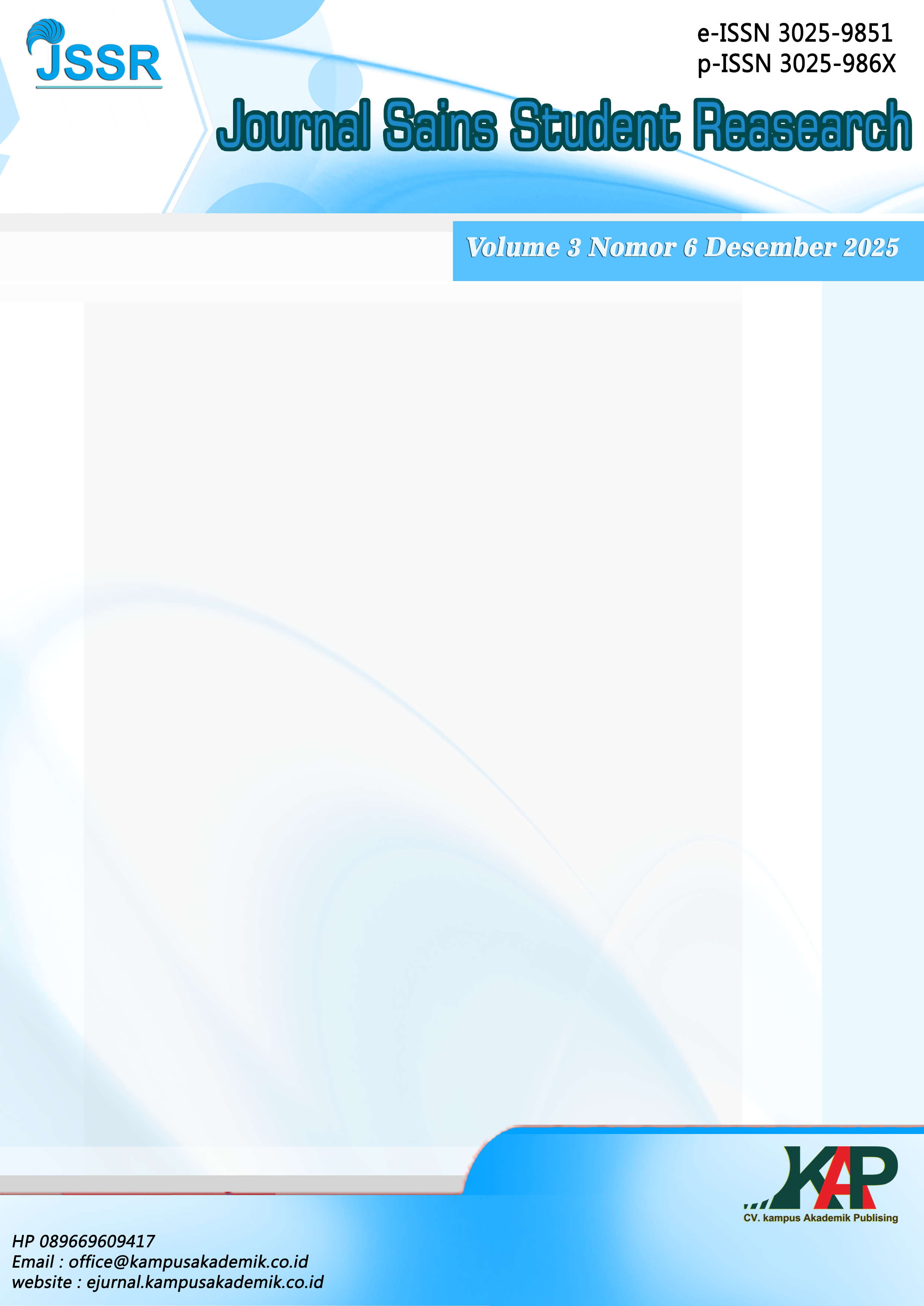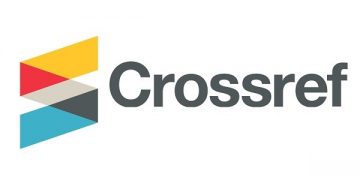Assessing the Impact of Peer Interaction on the English Speaking Proficiency of the 2nd Semester Students of English Education Study Program at the Faculty of Teacher Training and Education, Sriwijaya University
DOI:
https://doi.org/10.61722/jssr.v3i6.6779Keywords:
peer interaction, English speaking proficiency, sociocultural theory, mixed methods, communicative learningAbstract
This study aims to examine the impact of peer interaction on English-speaking proficiency among second-semester students of the English Education Study Program at Sriwijaya University. The research addresses the persistent challenge of low speaking confidence and fluency among EFL learners, particularly within Indonesian higher education contexts. Using a mixed-method design, the study integrates quantitative and qualitative approaches to gain both measurable and in-depth insights. The quantitative component employed a correlational design involving 29 students, using a 15-item Likert-scale questionnaire to assess variables such as confidence, motivation, anxiety reduction, and linguistic development. The qualitative component, based on a phenomenological approach, involved semi-structured interviews with 12 participants to explore personal experiences and perceptions regarding peer interaction in speaking activities. The results revealed a strong positive correlation between the frequency of peer interaction and students’ self-rated improvement in speaking proficiency. Quantitative findings indicated that over 80% of respondents perceived increased confidence and motivation, while qualitative analysis identified four dominant themes: enhanced confidence, affective comfort, linguistic enrichment, and anxiety reduction. These findings affirm Vygotsky’s Sociocultural Theory, highlighting that language learning is socially mediated and strengthened through collaborative dialogue.The study concludes that structured peer interaction significantly enhances both the affective and linguistic aspects of EFL learners’ speaking performance. Theoretically, the research extends sociocultural learning frameworks to the Indonesian higher education context; practically, it recommends the integration of peer-based speaking activities into communicative language teaching. Future research should employ longitudinal designs and include larger, cross-institutional samples to further explore the long-term and contextual dynamics of peer interaction in language acquisition.
References
Ahmmed, R. (2017). The impact of peer interaction on English speaking skills development. Journal of Language Learning Research, 15(3), 45-62.
Ahmmed, R. (2022). Collaborative learning and oral communication: A longitudinal study of EFL learners. International Journal of Applied Linguistics, 28(2), 112-128.
Al-Mahrooqi, R., & Denman, C. (2020). English communication skills and employability in the Arabian Gulf: The case of Oman. Springer.
Andrews, M., Owens, J., & Oye, K. (2024). Cultural dynamics in collaborative learning: Understanding peer interaction patterns in diverse educational settings. Multicultural Education Review, 16(1), 23-41.
Brown, H. D. (2004). Language assessment: Principles and classroom practices. Pearson Education.
Brown, H. D., & Abeywickrama, P. (2010). Language assessment: Principles and classroom practices (2nd ed.). Pearson Education.
Creswell, J. W. (2014). Research design: Qualitative, quantitative, and mixed methods approaches (4th ed.). SAGE Publications.
de Jong, N. H. (2022). Fluency in second language testing. Language Testing, 39(2), 269-288.
Fan, J., & Yan, X. (2020). Assessing speaking proficiency: A comprehensive review of current practices and future directions. Language Assessment Quarterly, 17(4), 398-417.
Fathi, J., & Yin, H. (2025). Digital language exchange platforms and their impact on speaking motivation: A case study of university students. Computer Assisted Language Learning, 38(1), 78-96.
Ginther, A. (2012). Assessment of oral proficiency. In C. Chapelle (Ed.), The encyclopedia of applied linguistics (pp. 1-7). Wiley-Blackwell.
Johnson, D. W., & Johnson, R. T. (1999). Learning together and alone: Cooperative, competitive, and individualistic learning (5th ed.). Allyn & Bacon.
Lee, S., & Park, H. (2023). Peer interaction in Korean EFL classrooms: Effects on fluency and accuracy development. Asian EFL Journal, 25(2), 134-152.
Li, M., & Wang, J. (2018). The role of peer interaction in developing oral communication skills among Chinese EFL learners. System, 76, 1-12.
Luoma, S. (2004). Assessing speaking. Cambridge University Press.
Mackey, A., & Gass, S. M. (2016). Second language research: Methodology and design (2nd ed.). Routledge.
McDonough, J., & Shaw, C. (2003). Materials and methods in ELT: A teacher's guide (2nd ed.). Blackwell Publishing.
Mihret, T., & Joshi, R. (2025). Structured peer interaction in language learning: Benefits and challenges in instructor-mediated environments. Teaching and Teacher Education, 97, 103-115.
Muluk, S., Habiburrahim, H., & Dahliana, S. (2025). Synchronous flipped classroom approach: Enhancing speaking proficiency through structured peer interaction. Computers & Education, 178, 45-58.
Nhan, L. K. (2024). The effectiveness of peer interaction activities in improving EFL students' speaking skills: A classroom-based study. Language Teaching Research, 28(3), 287-305.
Pratama, A., & Wijaya, B. (2021). English Club programs and peer interaction: A study of speaking confidence development in Indonesian university students. Indonesian Journal of Applied Linguistics, 11(1), 89-104.
Richards, J. C. (2008). Teaching listening and speaking: From theory to practice. Cambridge University Press.
Rosdiana, E. (2024). Building confidence through peer interaction: A study of Indonesian EFL learners' speaking development. Journal of Language and Linguistic Studies, 20(2), 156-173.
Swain, M. (2000). The output hypothesis and beyond: Mediating acquisition through collaborative dialogue. In J. P. Lantolf (Ed.), Sociocultural theory and second language learning (pp. 97-114). Oxford University Press.
Downloads
Published
Issue
Section
License
Copyright (c) 2025 JOURNAL SAINS STUDENT RESEARCH

This work is licensed under a Creative Commons Attribution-ShareAlike 4.0 International License.













